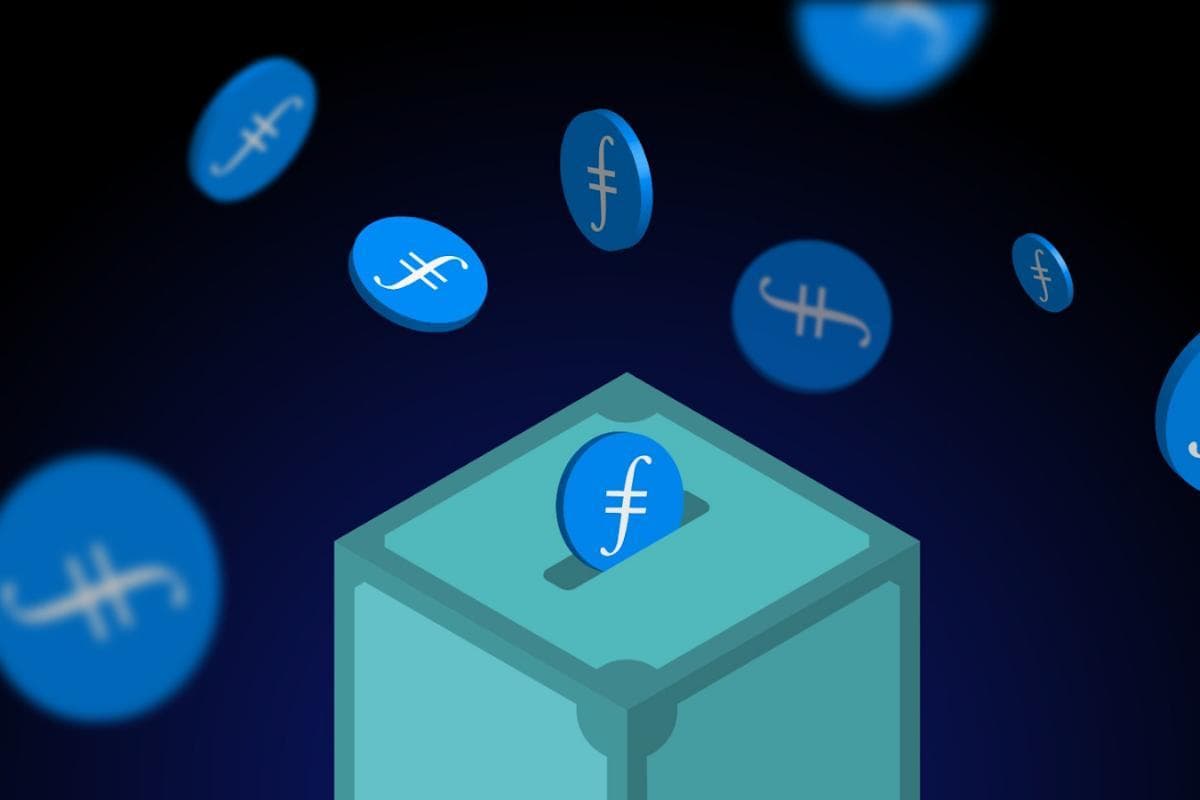Jul 29, 2024
5 min read

Web3 brings decentralisation to the flow of finance and in the control and management of data. When it comes to decentralised data storage and movement in particular, Filecoin and IPFS are usually the top names, and they are more interconnected that you know. The objective of this blog is to make you aware of the two protocols driving the decentralised data rail, and the providers that can help you tap into the marvels of said technology.
IPFS or the Inter Planetary File System is, as described by the team, a modular suite of protocols for organising and transferring data, designed from the ground up with the principles of content addressing and peer-to-peer networking. The peer-to-peer network is a distributed file system, to be precise, which looks to connect computing devices throughout the world within this very system.
You could say IPFS sounds similar to the world wide web, but it is actually more similar to a single BitTorrent swarm, allowing the exchange of files within one Git repository. But it’s important to note that IPFS is a general-purpose file system using a DHT or distributed hash table to route and transfer content-addressed data, which sets it apart from protocols like BitTorrent and Storj, which have a more specific focus and data storage system respectively.
Developed by Protocol Labs, IPFS is open-source, which means there are several implementations of IPFS. Filecoin happens to be built on IPFS from the same maker, but that might be where the similarities begin and end.
IPFS finds its primary use cases in publishing data such as files, websites, directories, and more the decentralised way.

Filecoin is a peer-to-peer network to store files, and it comes with economic incentives for storage providers so as to ensure the complete security of the files stored. The native FIL coin is used for payments on the network, along with as an incentive mechanism for the service providers. Filecoin uses the proof-of-replication consensus mechanism.
Filecoin is built on the very same software powering the IPFS protocol. While Filecoin aims to be a decentralised storage marketplace, IPFS is a broad network using content addressing for permanent references to data, and simply looking to connect computers in one file system instead of counting on specific devices or cloud servers for addressing content, as mentioned above.
Here’s how Filecoin works:
The open market Filecoin brings is definitely one of the earliest implementations of DePINs- decentralised physical infrastructure networks.
A DePIN (have to link the relevant 1F blog here), for the uninitiated, is a blockchain-based platform that crowdsources industry-specific hardware to meet user requirements in a decentralised fashion as opposed to traditional marketplaces controlled by a centralised entity. Filecoin is one of the earliest examples of such protocols. Here’s how:
In just 18 months since January 2023, the Filecoin network has seen remarkable growth in safeguarding humanity's data. Total client data onboarded has quadrupled, now totalling an impressive 2 million terabytes stored on the network.
Furthermore, currently (May 16), the Filecoin cryptocurrency (FIL) is trading at around $5.83, with a total market capitalisation of approximately $3.22 billion.

Since we were just discussing rewards, let’s get into a bit of detail. Here’s how Filecoin rewards are distributed:
Here are some prominent use cases of Filecoin:
As a result, Filecoin and IPFS have become the go-to choice for storing a significant portion of NFT assets, highlighting their pivotal role in supporting the decentralised storage needs of Web3 applications.
Let’s see some examples for real-world uses of Filecoin:
We hope this post has been enlightening, and has answered some queries you may have had regarding decentralised storage and the differences of Filecoin and IPFS! For more updates on the world of crypto and blockchain, stay hooked to India Crypto Research
The information provided in this blog is based on publicly available information and is intended solely for personal information, awareness, and educational purposes and should not be considered as financial advice or a recommendation for investment decisions. We have attempted to provide accurate and factual information, but we cannot guarantee that the data is timely, accurate, or complete. 1 Finance Private Limited or any of its representatives will not be liable or responsible for any losses or damages incurred by the Readers as a result of this blog. Readers of this blog should rely on their own investigations and take their own professional advice.